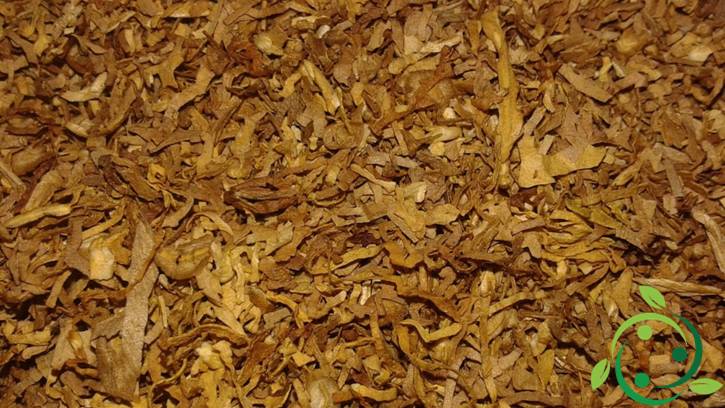Natural tobacco-based insecticide
Natural tobacco-based insecticide
Among the insecticides that can be prepared on the farm or in your family vegetable garden there is the one based on tobacco. The DIY-based insecticide is based on the properties of nicotine which is an alkaloid in tobacco that has great insecticidal power. It should however be considered that the fact that it is an insecticide made from natural products is not the same as saying that it has no contraindications, indeed. In fact, nicotine is toxic, as well as for insects, even for humans and pets, acting at the level of the nervous system.
Today, the use in agriculture has been practically abandoned, despite its proven against many groups of insects, including aphids and red spiders. Once its formulation was as nicotine sulfate and had a short persistence.
In horticulture, on the other hand, its use, especially as formulated prepared directly on site, can play an important role, obviously with all the precautions and the correct methods of use.
The preparation of the macerate of tobacco must therefore be made starting from the two main ingredients: dried tobacco and water; the proportions must be 5: 1000, ie every 5 gr of dry tobacco a liter of water. Tobacco can be bought in bulk in a tobacconist’s shop. At this point it must be macerated for about 48 hours in water according to the proportions indicated. After this time, having occasionally taken care of stirring the mass, everything must be filtered with a gauze or a thick sieve and the insecticide is ready for use.
During treatment, care must be taken to wet all the vegetation well and spray directly on the pests and, if necessary, repeat the treatment after 10 days.
Since, however, nicotine-based preparations are toxic even for useful insects (especially bees and pronubi) its use must be done taking care to hit the plants actually affected, not by spraying with wind (not to disperse it in the surrounding environment ) and possibly in periods when the pollinator populations are low.

